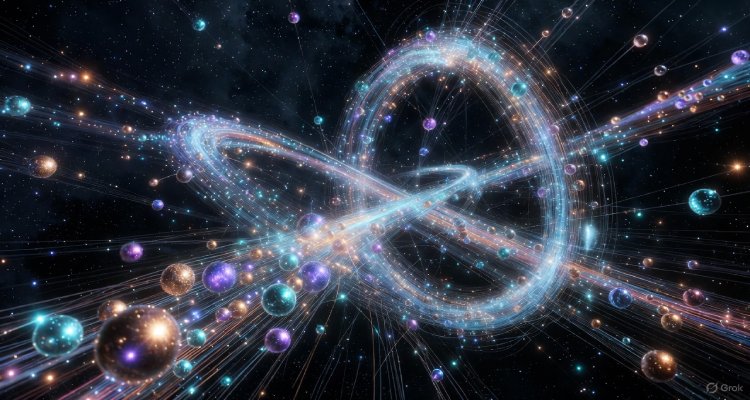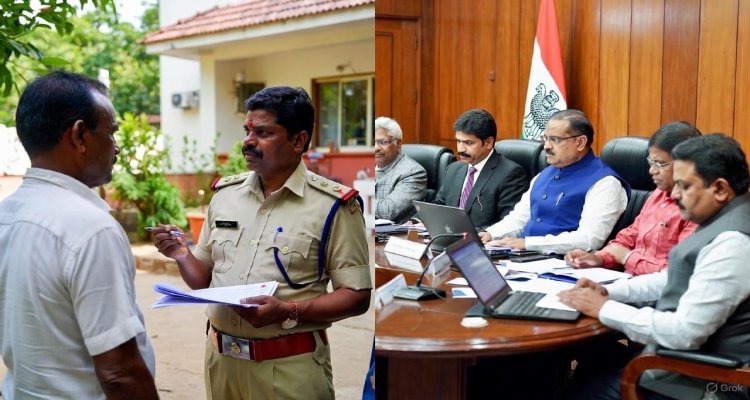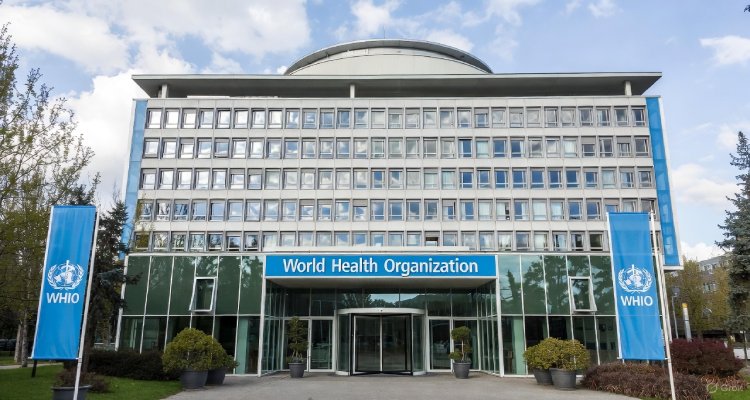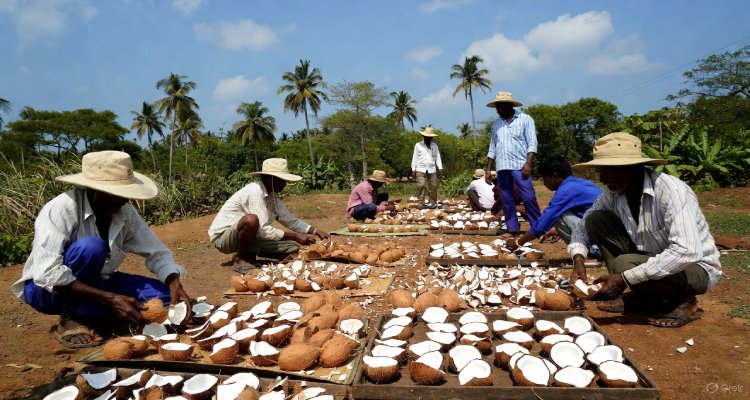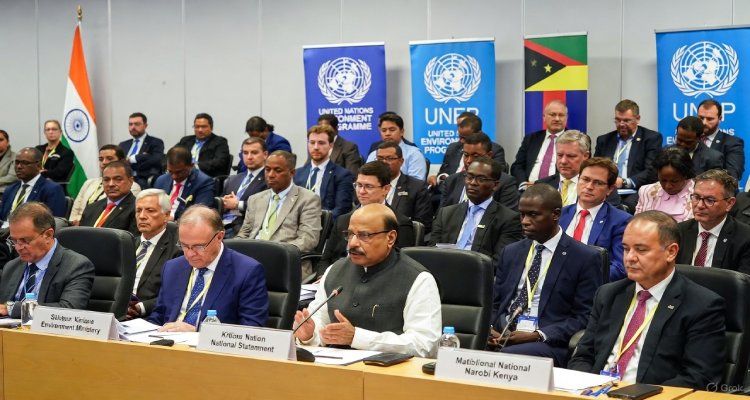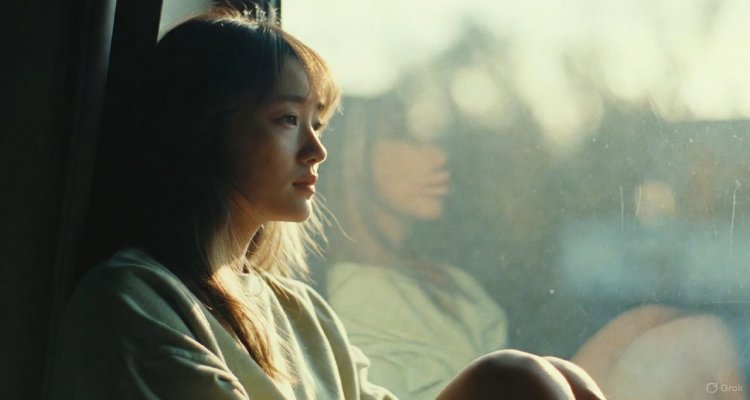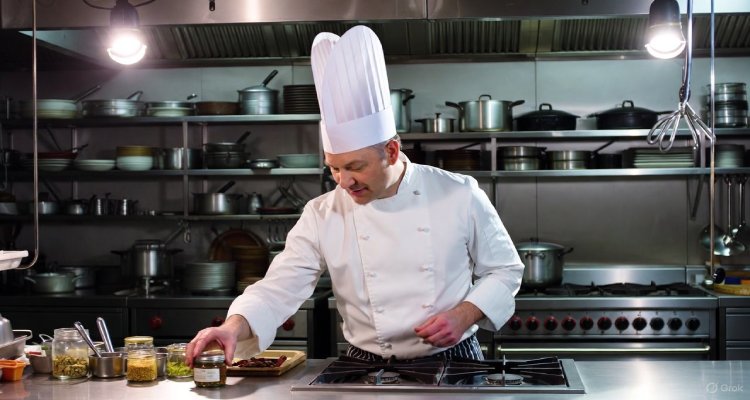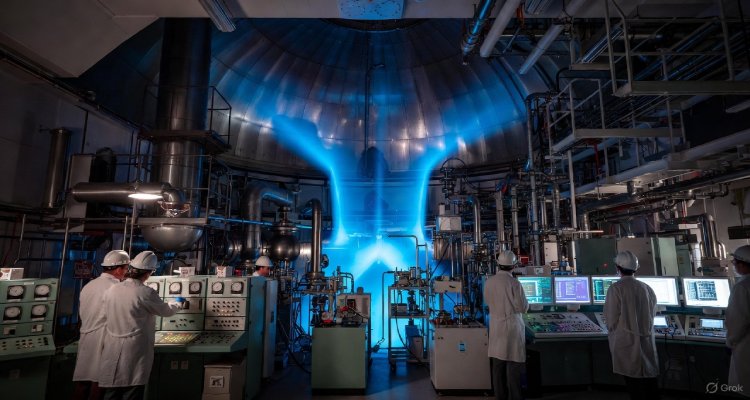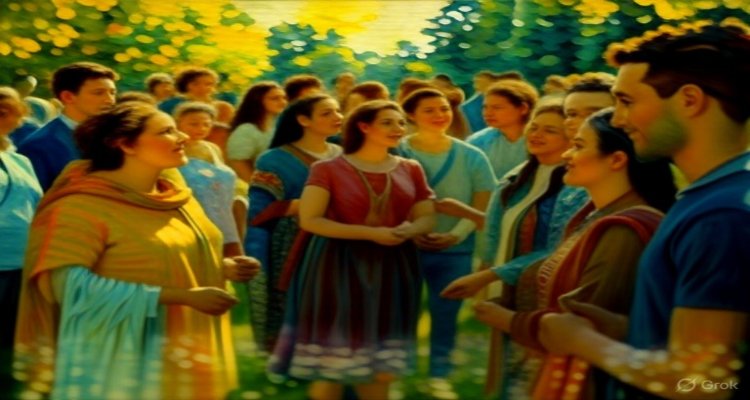One Planet, Many Peoples: The Colorful Mosaic of Humanity
Explore the rich cultural diversity of humanity across the globe, its historical roots, modern challenges, and why unity in diversity matters more than ever.
One Planet, Many Peoples: The Colorful Mosaic of Humanity
Introduction:
On every continent, in every corner of the globe, the human story unfolds in countless colors, voices, and traditions. From the Andean highlands to African savannas, from bustling Asian cities to Arctic villages, humanity thrives in stunning diversity. In a world often divided by conflict, understanding and celebrating our cultural mosaic is not only inspiring—it is essential.
Context & Background: The Story of Human Diversity
The story of our species is a tale of migration, adaptation, and evolution. Around 60,000 years ago, modern humans began dispersing out of Africa, slowly populating every continent. As people settled in new environments, they developed distinct languages, belief systems, clothing, diets, and art forms. Over time, geography, climate, and interaction with neighboring cultures shaped unique identities—from the intricate rituals of Indigenous Australian communities to the philosophical legacies of ancient Greece and India.
Today, over 8 billion people share the planet, speaking approximately 7,000 languages, practicing dozens of major religions, and celebrating thousands of festivals. Despite globalization, many communities fiercely protect their cultural heritage, seeing it as a compass of identity in a rapidly changing world.
Main Developments: Globalization, Migration, and Cultural Crossroads
In the 21st century, technological advances and globalization have created unprecedented opportunities for cultural exchange. Migration patterns—whether driven by conflict, climate, or opportunity—have led to increasingly multicultural societies.
Take, for example, Toronto, where over half the population was born outside Canada, or London, home to more than 300 languages. In such cities, diversity is not merely demographic—it’s an everyday experience, reflected in food, fashion, art, and conversation.
But this multicultural evolution brings challenges. Xenophobia, cultural appropriation, and identity politics often threaten harmony. Many Indigenous and minority cultures also face erosion from homogenizing forces like mass media and dominant languages.
At the same time, initiatives like UNESCO’s Intangible Cultural Heritage List, language revitalization projects, and inclusive education systems are working to protect and celebrate diversity. The rise of cultural festivals, international cuisine, and global music trends—from Afrobeats to K-pop—suggests an appetite for pluralism, not division.
Expert Insight & Public Reaction
Dr. Amina El-Sayed, a cultural anthropologist at the University of Cape Town, emphasizes, “Cultural diversity is humanity’s greatest resource. It’s not just about differences; it’s about how we learn from each other’s stories and strengths.”
On social media, movements like #HumansOfNewYork and #WeAreOne have humanized faces across the globe, creating empathy through storytelling. Netflix shows featuring stories from Nigeria, South Korea, India, and Mexico are now mainstream, proving that people are eager for voices beyond the dominant Western narrative.
Meanwhile, public sentiment remains a patchwork. While many celebrate inclusion, some communities struggle with rapid demographic shifts, sparking debates about national identity and integration policies.
Impact & Implications: Why It Matters
Understanding and embracing cultural diversity is not just moral—it’s strategic. Research from McKinsey & Company shows that companies with diverse leadership outperform peers in profitability and innovation. Schools with multicultural curricula foster empathy, critical thinking, and global citizenship.
Politically, pluralistic democracies that safeguard minority rights tend to enjoy greater stability. On the global stage, addressing crises like climate change or pandemics requires cross-cultural cooperation and mutual respect.
However, the future of humanity’s mosaic hangs in balance. Over 40% of languages are at risk of extinction. Urbanization continues to disconnect youth from traditional knowledge. In conflict zones, cultural heritage sites are destroyed as symbols of identity. Without intentional preservation, the world risks losing irreplaceable chapters of our collective story.
Conclusion: A Shared Future, Rich in Difference
In a fractured world, the beauty of human diversity offers hope. Our languages, customs, faiths, and stories are not barriers—they are bridges. They remind us that there is no single way to be human.
As we move deeper into the 21st century, embracing our differences with respect and curiosity may be the most powerful path forward. Because while we may be many peoples, we share one planet—and its future depends on our ability to celebrate, not suppress, the colorful mosaic of humanity.
Disclaimer : This article is for informational purposes only. Views expressed by quoted experts are their own. The content is original and researched independently.


